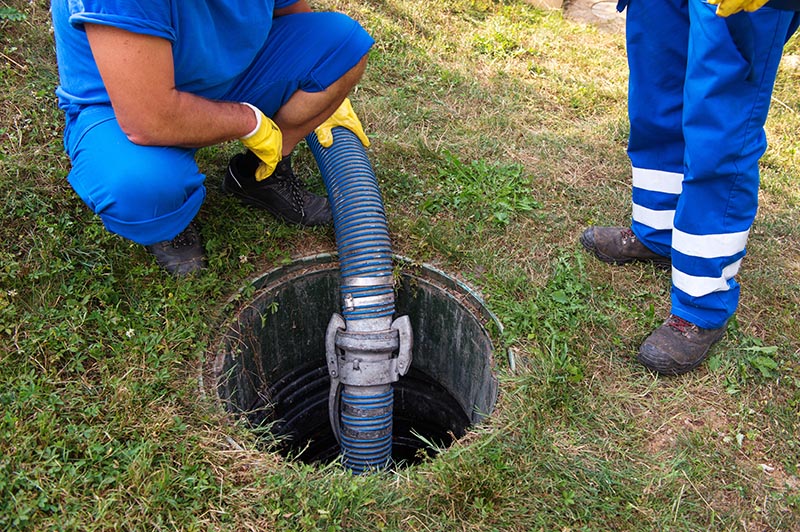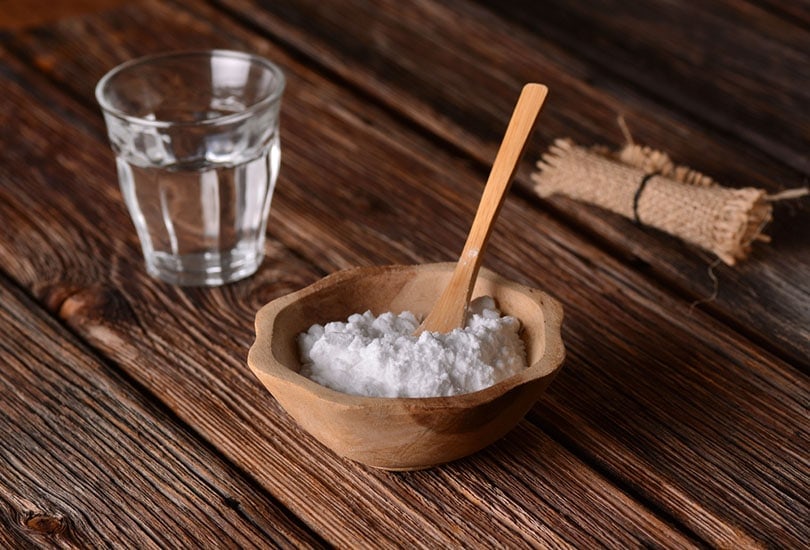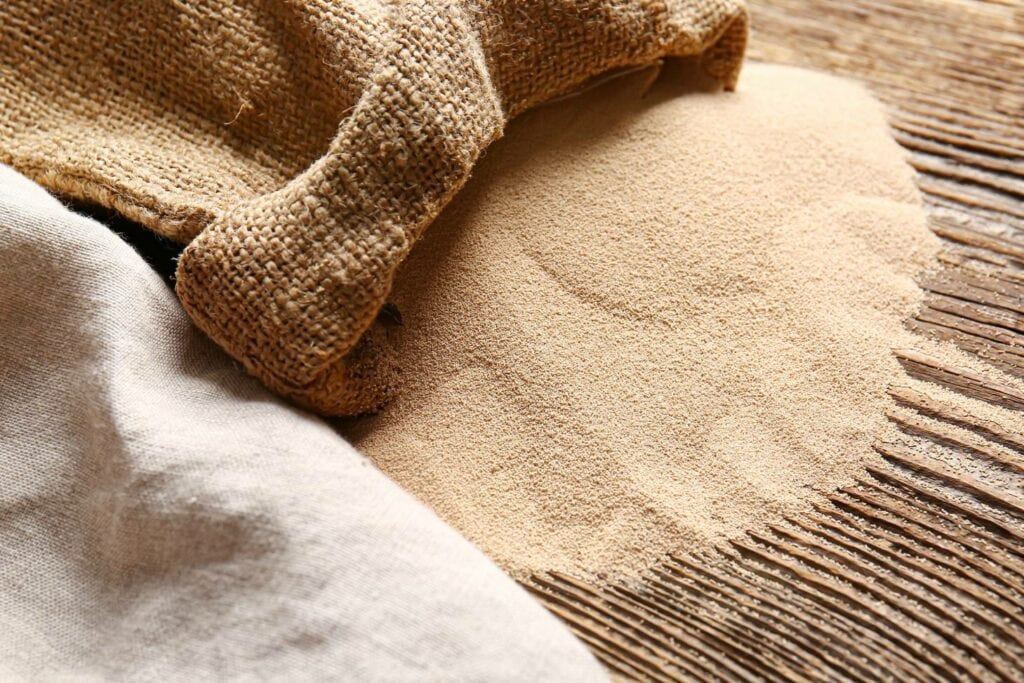How to Clean a Septic Tank Naturally (3 Expert Methods)
-

- Last updated:

Are you looking for a chemical-free and natural way to clean your septic tank? Well, in this article, we’ll discuss three up-to-scratch tips experts recommend. Septic tanks use anaerobic bacteria to break down waste; therefore, using harsh chemicals for cleansing will be harmful and interrupt the functioning of the tank.
Cleaning and maintaining septic tanks is essential and should always be prioritized. Keep in mind that today, about 20% of homes in the United States have septic systems installed, and improper care will not only wreak havoc on your household but also affect the wider community as a result of pollution.
Poorly cleaned septic systems could cause grave health concerns for people and livestock, and consequently, you should put effort into taking care of yours. On that account, numerous ways to clean your septic tank naturally can be employed, and here are some of the top tips.
The 3 Expert Tips to Clean a Septic Tank Naturally
1. Use Baking Soda

The use of baking soda is among the top ways to clean and maintain your septic tank. Most households have baking soda, but many have yet to unlock its true cleaning potential. Baking soda is brilliant on burdensome surfaces like ovens and microwaves as it dissolves organic matter like grease.
Similarly, you could use baking soda to dissolve the sludge on the pipes’ walls and the tanks themselves. The sludge, especially on the pipes, could lead to blockages and pipe damages which are expensive to repair and replace.s
Experts recommend using baking soda because, unlike chemicals like ammonia and acid, it keeps bacteria active. Additionally, baking powder is cheaper than its chemical counterparts and is much safer to handle.
Supplies
Baking powder should be mixed with vinegar, lemon, and hot water for a more thorough and efficient cleaning. Be sure to mix these ingredients proportionally and at the right time.
- First, pour ½ cup of baking soda into the drain, close it and let it sit for about 15–20 minutes.
- Next, add a full cup of vinegar to the drain and wait for an additional 15–20 minutes.
- After fizzing occurs, add about two tablespoons of lemon and give it a few minutes.
- Mix properly, and finally, flush the drain with the hot water
- Relatively inexpensive compared to other options
- Widely available
- Generally safe to use
- Gets rid of odors
- Does not harm aerobic bacteria
- Direct contact could cause harm to the skin and eyes.
- It is known to be a respiratory irritant
2. Yeast

Like baking soda, yeast is mainly used in food production, especially baking, and in the production of alcoholic beverages. Primarily, yeast has been used for fermentation as it causes the dough to rise, which is handy for baking, and conversion of sugars to CO2 and ethanol, which is useful for brewing.
However, few realize that yeast is also quite functional when cleaning, particularly for septic tanks. Yeast does an excellent job of breaking down organic waste. It converts degradable waste into ethanol, which is neutral, and as a result, will be friendly to the septic bacteria.
Yeast is widely available and can be purchased in any store, making it even more convenient. In addition, yeast is exceedingly safe to use, even more than baking soda, because it is even edible. Therefore, you will not need to be wary of contamination around the house or being exposed to children.
Supplies
To fully activate the cleaning potential of yeast, you will need to use it along with salt and hot water. When combined correctly, reproduction will take place, and the yeast will enlarge and, as a result, will disintegrate grime and sludge embedded within the pipes and tank.
- Pour two ¼ oz packets of yeast down the drain
- Next, add a tablespoon of salt into the drain and leave the two to mix for a few minutes.
- Add the hot water into the drain and leave the mixture
- Finally, after about an hour, pour additional hot water until you’re satisfied the pipes and septic tank is clean enough
- Very safe to use
- Cheaper compared to other options
- Boosts waste breakdown
- Widely available
- Not as effective as other options
- Constant maintenance is still required
3. Vinegar

This acidic liquid has been used for ages in the kitchen for cooking and its cleaning prowess. Vinegar is made from the fermentation of anything containing ethanol, such as wine, beer, cider, grain alcohol, and more.
So what makes vinegar good for cleaning? Well, vinegar contains acetic acid, also known as vinegar acid or ethanoic acid, and is responsible for vinegar’s characteristic odor. Acetic acid is a powerful acid that could be used to dissolve dirt, grim, and sludge that’s been embedded in your septic tank and pipes.
However, it should be used controlled and moderately as excessive use may be potent enough to kill the useful anaerobic bacteria in the septic tank. When cleaning, you may use water to dilute the vinegar to make it less corrosive and harmful to the bacteria. Additionally, make sure to follow instructions on the container for safer use.
- Get one cup of vinegar and one cup of water
- Mix the two in a 1:1 ratio
- Pour the now diluted vinegar down the drain
- Flash it down with warm water
- Effective cleaning technique
- Minimal risk to people and livestock
- Cheaper than purpose-built cleaners
- Excessive use may harm bacteria
- May be corrosive
Conclusion
In closing, any of the above tips will unquestionably do a magnificent job cleaning your septic tank. However, these cleaning techniques are not self-standing. Regular maintenance and inspection by septic systems professionals are a necessity. On top of that, ensure your safety comes first when cleaning.
Featured Image Credit: KaliAntye, Shutterstock
Contents

